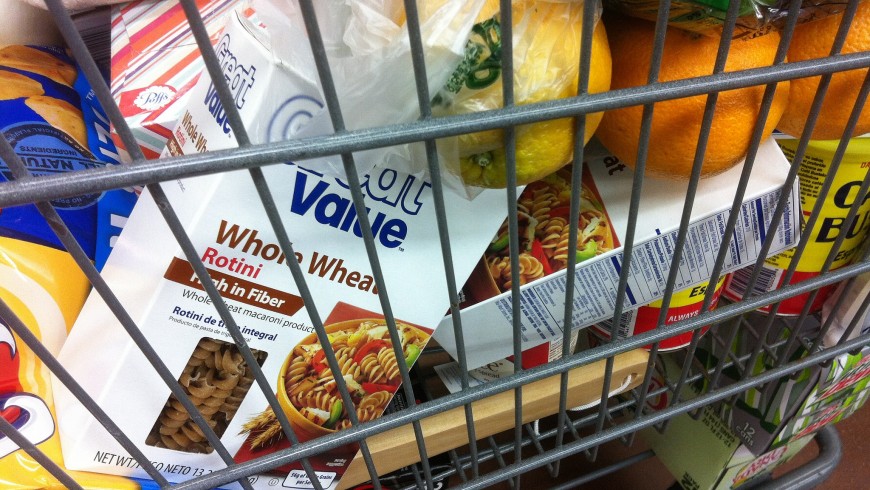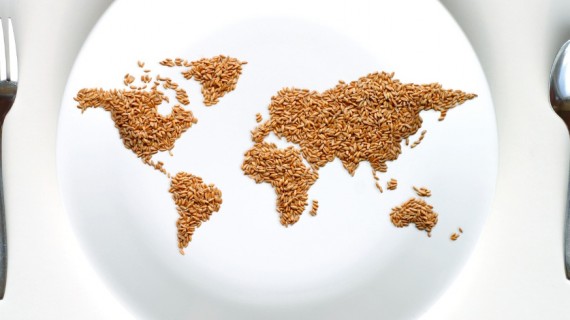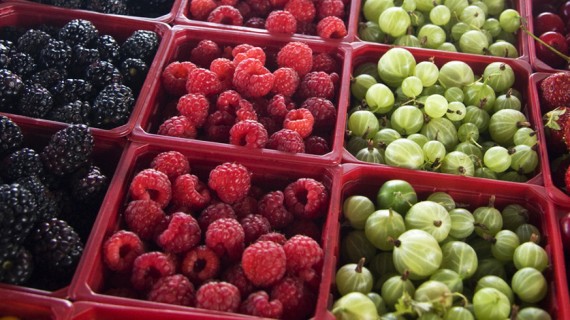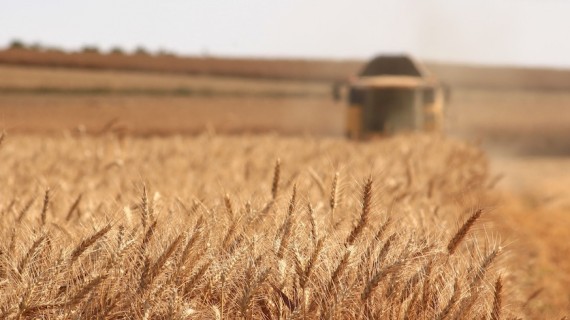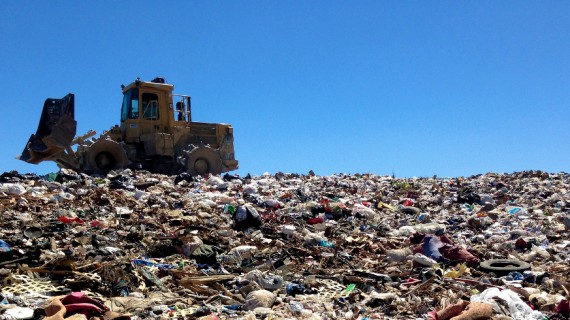Most of us are food lovers. We buy, we cook, we eat, we waste. But have you thought, where all the food waste ends up? And what is the environmental footprint of it?
Food waste is a major problem of this age. On one side of the world, starving children are begging for a piece of bread. Not so far away, people are throwing the food to trash daily. Wasting food is not only an ethical issue but it also depletes the environment of limited natural resources. Our behaviour is basically not sustainable anymore.
Some facts about Food Waste

1/3 of all food produced is wasted
Did you know, that 1/3 of all food produced globally is wasted? Imagine you have done your grocery shopping. Let’s say that you bought three bags of food. On the way from shop to your car, one bag will fall you down. You don’t care, overstep it and continue your way. Sounds crazy, right? But this is what the world do. Constantly, every year. By the way, this costs us $1 trillion and our food waste weighs 1.3 billion tonnes.
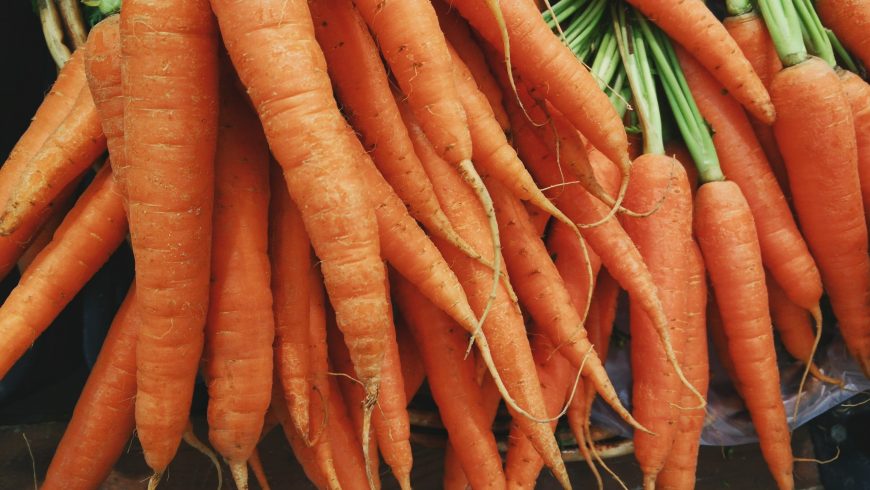
Food waste as a country
China is the fourth largest country in the world (right after Russia, Canada and USA). We need area larger than China to grow food we never eat (Source). If the food waste was a country, it would be the 3rd largest emitter of greenhouse gasses.
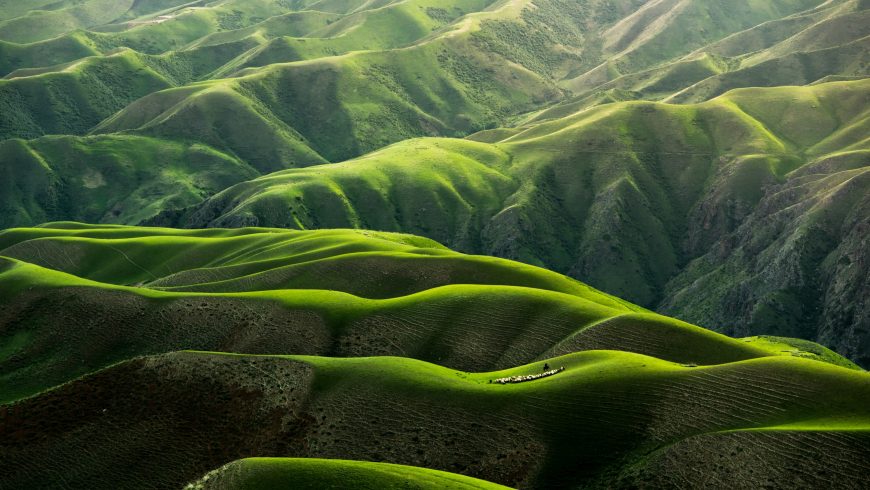
EU and USA
In the European Union, around 88 million tons of food are wasted annually. This costs us 143 billion euros.
USA waste 40% of produced food. In the same time, one in eight Americans struggles to put enough food on the table.
Households are the problem
In most developed countries, over half of the food waste takes place in homes. This costs an average USA family around $2,275 every year. UK families throw away £700 yearly. Interesting fact is, that food waste in the retail store level is less than 2% of total food waste.
What about the future?
By 2050, it is calculated that 2.3 billion people is joining the planet. This will require a 60-70% increase in global food production. Already now, nearly one billion of hungry people could be fed on less than a quarter of the food that is wasted in the US, UK and Europe. Don’t wasting the food and using it rationally is therefore important step for the future… and present as well.
Food waste and sustainability

No doubt that food waste isn’t sustainable to the future and it is not sustainable now either. Some may object that food waste can be sustainable in some point. Yes, a small percentage of food waste is used for example to fertilize the soil. Unfortunately, we are talking about very small percentage and it is still not enough to say that food waste could be sustainable as well.
Water
Agriculture uses 70% of the global freshwater withdrawal. In the same time, 25% of the water is used to grow food, which is wasted. This represents almost 3 times the volume of Lake Geneva, or the annual water discharge of the Volga River. Water is a key constraint to the global security. With wasting the food, the water is squandered. Did you know, that meat, cereals and fruit are the major contributors to the blue water footprint of food waste?
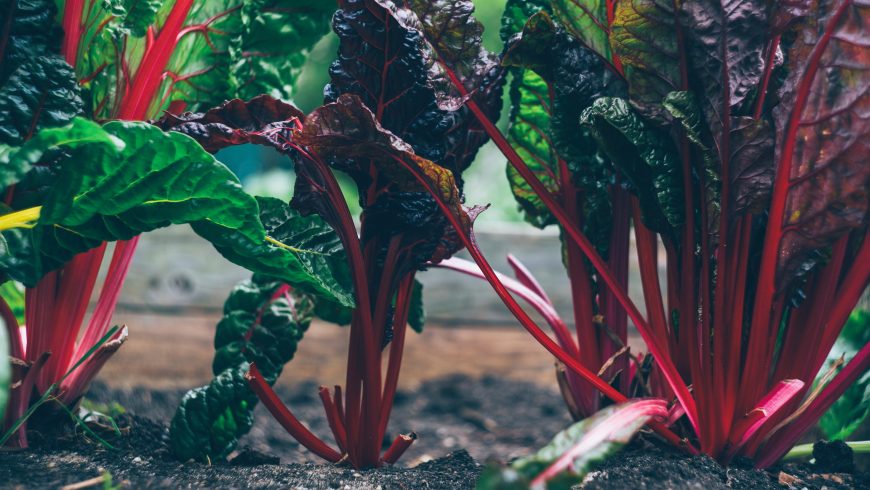
Land
We are decreasing the quality of soil. Intensive farming of nowadays don´t allow the soil to lie fallow and replenish. This decrease the fertility of soil. The soil is under the pressure, what leads to further use of synthetic inputs. Major contributors to land occupation of food wastage are meat and milk.
Climate Change
Fossil-fuel energy is very important for food and agriculture systems. In every aspect of food production, petroleum is used. Food waste usually ends up on landfills, where it discomposes anaerobically. This causes methane emissions, possible greenhouse gas. Carbon food print of food waste has been estimated at 3.3 Gtonnes of CO2eq. This is more than double the total GHG emissions of all USA road transportation in 2010.
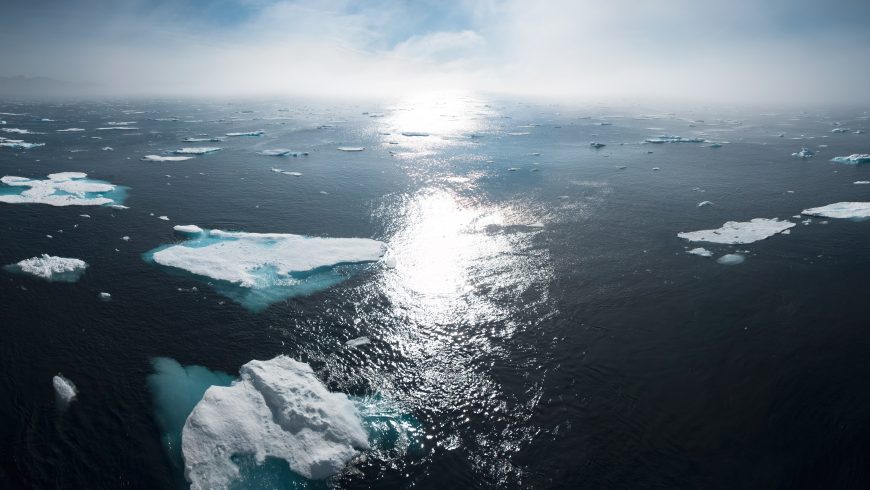
Biodiversity
74% of total annual deforestation is caused to grow food. Food waste destroys wildlife not only in forests and rain forests (just imagine the costs of palm oil), but also the wild life under the water. Did you know that by 2050, our oceans might be empty due to our overfishing? In the same time, 70% of all fish caught by certain types of trawling is discarded. These are alarming facts, which should lead to act.
So, what should we do?

Maybe some of you would say that we are only individuals and we cannot do anything about it. That´s wrong. If you want to change the world you have to change yourself first. What to do?
- Talk about the topic with your friends and relatives. More people informed & involved = less food waste
- Don´t buy more than what is necessary. Create meal plans, shopping lists and shop more frequently, buying less each time.
- Store food properly
- Learn & Understand expiration days (Did you know, that based on recent study, most of the people don’t understand what expiration dates mean?)
Do you have more suggestions? Let’s share them in the comment section!
Source of facts: Food and Agriculture Organization of the United Nations
Cover image: Photo by Brooke Lark on Unsplash

